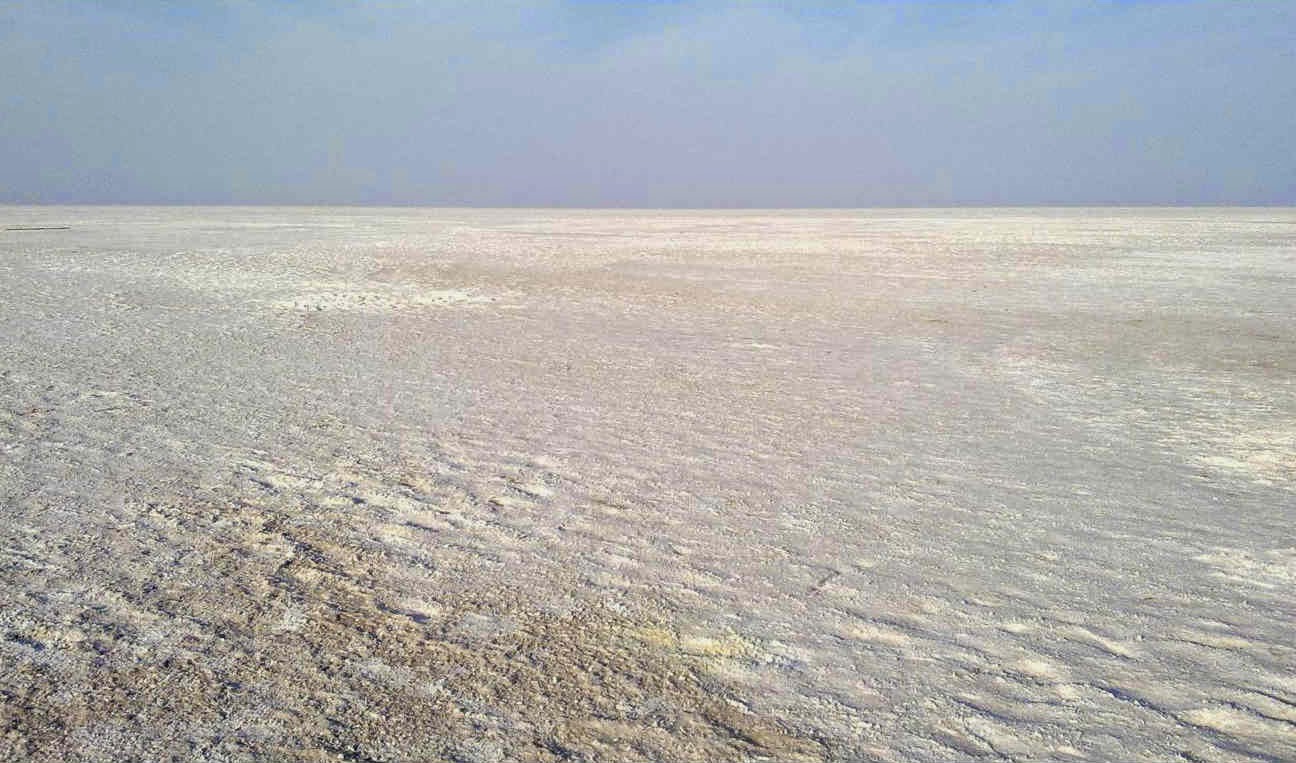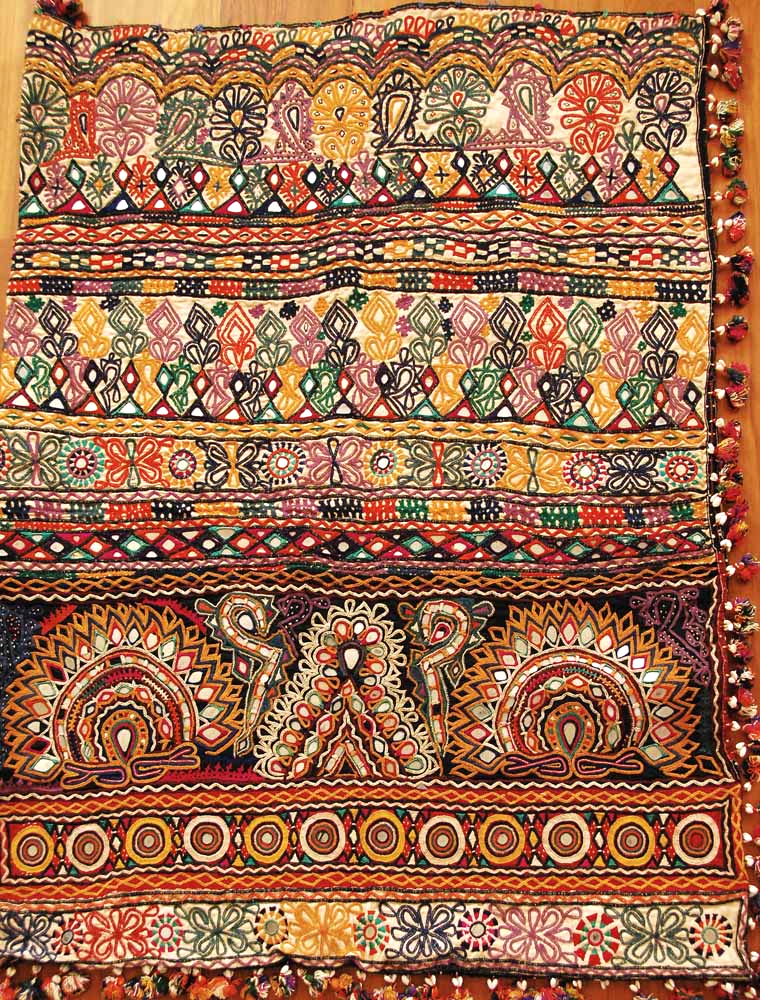RANN OF KUTCH
White dessert
General Information
Other Name: Rann, District: Kachchh, State: Gujarat, India
Area: 30000 square kilometers
Languages Spoken: Kutch
Long Distance Code: -
Importance: The Salt dessert bordering Pakistan
Best Time to Visit: November to March and None
International Access: -
Description
The Great Rann of Kutch is an ecological wonder and hence protected by ecological department of India. Kutch literally means something which intermittently becomes wet and dry; a large part is shallow wetland which submerges in water during the rainy season and becomes dry during other seasons. The Rann is famous for its marshy salt flats which become snow white after the shallow water dries up each season before the monsoon rains.The Rann of Kutch is a geographically unique landscape that was once an arm of the Arabian Sea. As the land separated from the sea by geological forces, it became a vast, featureless plain encrusted with salt that is inundated with water during the rains. Kutch district is inhabited by various groups and communities. One can find various nomadic, semi nomadic and artisan groups living in Kutch. Gujarati Ahirs comprise a comparatively large group in Kutch.The Little Rann of Kutch is known for its traditional salt production and various references mention this to be a 600-year-old activity. utch is one of the most prolific regions in India in the area of textile art. Kutch embroidery is dense with motifs and is one of the most beautiful forms of textile art. A variation with mirrors sewn into the embroidery is one of the signature arts of this region. Within the category of Kutch embroidery there are several sub-categories as each tribe and sub-tribe produces a unique signature form of art. These marshlands support a variety of wildlife including the endangered Asiatic wild ass. Capable of reaching high speeds when galloping across the Rann, the wild ass is usually seen in small herds. The elegant blackbuck, nilgai or blue bull and the chinkara are other mammals seen here. Animals like the endangered Indian wolf, desert fox, Indian fox, jackals, desert and jungle cats, and a few hyenas are also found here. Smaller mammals like hares, gerbilles and hedgehogs, and reptiles like spiny tailed lizard, monitor, red and common sand boa, saw-scaled viper, cobra, Indian rat snake, etc,are also a part of the Rann. Another uniqueness of the area is the Chir Batti. It is described as an unexplained light occurring on dark nights as bright as a mercury lamp that changes its colour to blue, red and yellow and resembles a moving ball (reported also pear shaped form) of fire, which may move as fast as an arrow but may also stop.[3] As per local folklore, these lights have been a part of life in the Banni grasslands and the adjoining Rann of Kutch for centuries, but are little known beyond the immediate area and people continue to call them "ghost lights". Witnesses claim the lights at times appear to be playing hide and seek or following them.Some reports claim the light can only be seen after 8 pm on dark nights, are always two to ten feet above the ground, and if followed during the night, one could be misled from the road and lose their way in thorny jungles or desert of the salt flats of the Rann.Location
The Great Rann of Kutch, along with the Little Rann of Kutch and the Banni grasslands on its southern edge, is situated in the district of Kutch and comprises some 30,000 square kilometres (10,000 sq mi) between the Gulf of Kutch and the mouth of the Indus River in southern Pakistan. The marsh can be accessed from the village of Kharaghoda in Surendranagar District.Climate
A place with extreme climates. In summers the temperatures can reach upto 50 degree celcius and in winters the area may experience a sub zero temperature.




